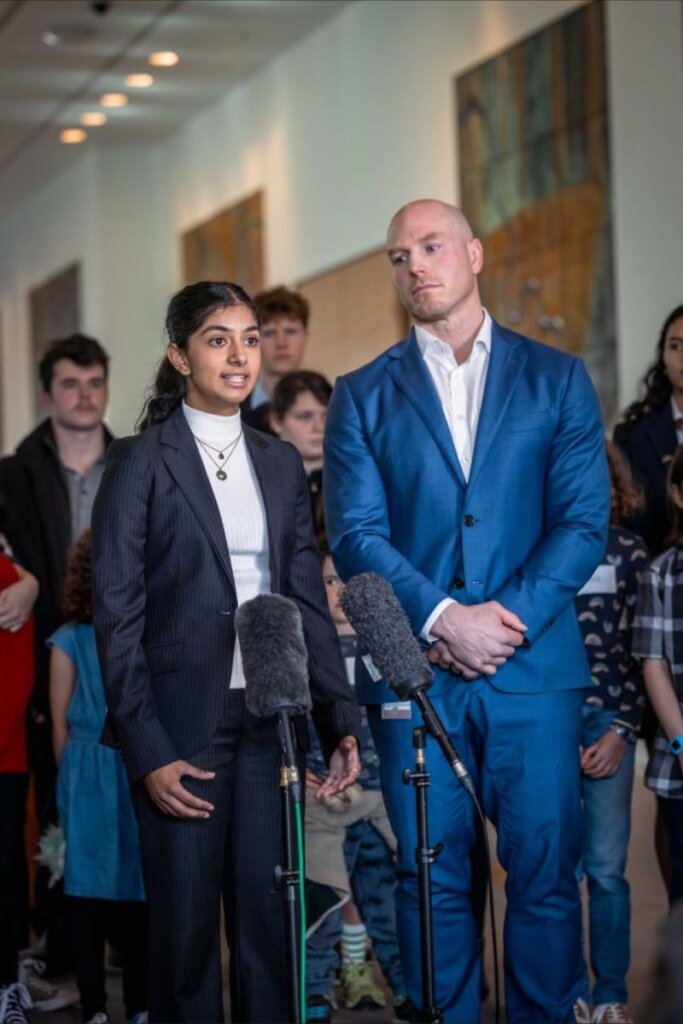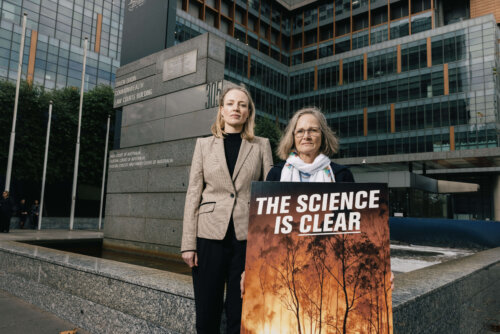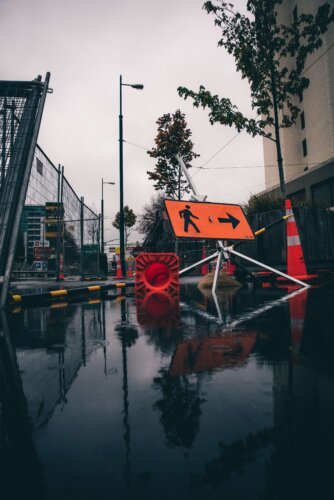This week, the Senate Committee handed down its report on the Duty of Care Bill.
This Bill would have helped to fix one of the great injustices of the climate crisis: the fact that those who will live to suffer its full effects have no say in the critically important environmental decisions being made today.
The Bill would have required decision-makers to consider the health and wellbeing of Australian children when making significant climate-related decisions. It would have set a hard limit preventing approvals for new coal, oil, and gas projects where those decisions would pose a material risk of harm to children.
The Bill aimed to finish the work of the landmark Sharma v Minister for Environment litigation, where a group of young people tried (successfully at first, but overturned on appeal) to establish the existence of a duty of care. EJA made a submission in support of the Bill and so did many others.
Disappointingly, the Committee recommended against passing the Bill. Senator Pocock and the Greens filed dissenting reports. The main report, by Senators from the Government and Opposition, gave a few excuses as to why they wouldn’t pass it.

WHY THIS MATTERS
Climate justice is intergenerational justice.
Young people deserve a government that cares about their wellbeing – because they will inherit the consequences of decisions made today.
But as it stands, there is no clear obligation in Australia’s legislation for Ministers and other government decision-makers to take into account the potential impacts of the climate crisis on children’s wellbeing – either now or into the future.
Why did the Committee recommend against the Bill?
One was the uncertainty in defining the duty.
The report took slight differences in the suggestions made by various submissions and played them up as reasons why the Bill would create an unclear burden on decision-makers. It’s true that concepts like “material risk” or “health and wellbeing” are complex. But decision-makers already weigh up exactly these kinds of considerations every day. Thinking about long-term impact and outcomes is the job of people who grant approvals for major projects.
Another reason given for dismissing the Bill was that Australia already has environmental protections in place.
We know this isn’t true: Australia’s current environmental legislation is inadequate.
- The Climate Change Act requires the reporting of emissions but has no power to stop the kind of decisions that would put its own emissions targets out of reach.
- The ‘Safeguard Mechanism’ doesn’t cover Australia’s exported emissions, which make up the vast majority of our contribution to climate change.
- The EPBC Act talks about intergenerational equality but doesn’t require any implementation of it.
- As we know from the ongoing Living Wonders litigation, the government maintains that the Environment Minister is not required to consider climate harms when approving projects.
Despite this disappointing outcome, there are some glimmers of hope.
The first is that the submissions show how ready people are for real action on climate harms.
Reading the report, you might not realise the truth: the overwhelming majority of submissions were in support of the Bill. Out of 403 submissions, only one expressed outright objection. More than 14,000 people signed a petition in support of the Bill.
And it wasn’t just environmental organisations or lawyers who made submissions: doctors and engineers made a compelling case in support.
The Royal Australian College of General Practitioners and Australian Medical Association underlined the urgent need to take action, recognising that climate change is “a health emergency”.
Leading engineering bodies like Engineers Australia and the Australian Academy of Technological Sciences and Engineering supported the bill. They even recommended expanding its scope to ensure that big construction projects are properly assessed for their climate impacts.
Even in sectors where reducing emissions will be a big job, people are ready to get to work on that challenge.
The most compelling submissions came from young people themselves. Anjali Sharma, who brought the Sharma litigation, lists the extreme weather events she has already experienced and then asks “if this is the world we are living in at the ages of 16, 17, 18, 19, what will our world look like at 30? At 60? What will our children’s futures look like?”
Anjali’s submission, and those of other young people who wrote in support of the Bill, are worth reading in full. They have all been published here.

The second glimmer of hope is that the tide is turning.
Last year, sixteen young people in Montana challenged the validity of their State’s fossil-fuel based energy system, and won. The State has appealed the decision, but for now, their right to a healthy environment has been upheld.
And just a few days ago, in Navahine v Hawai’i Department of Transport, the young plaintiffs reached an historic settlement with the Hawai’i government, whereby it agreed to take meaningful action on reducing emissions in the transport system so as to uphold their constitutional right to a clean and healthy environment.
These cases are just the beginning. Australia is increasingly out of step with the growing global consensus on intergenerational equity and climate justice. The Committee’s failure to endorse the Duty of Care Bill may be disappointing, but it is only a temporary setback.
Read more about our climate work
Our financials
We have a long-standing commitment to sound fiscal management, accountability and transparency.
We encourage you to investigate before you donate.
Join us
The law is a powerful tool to disrupt the status quo and make governments and corporations accountable.
Join us and let's build a radically better world.




